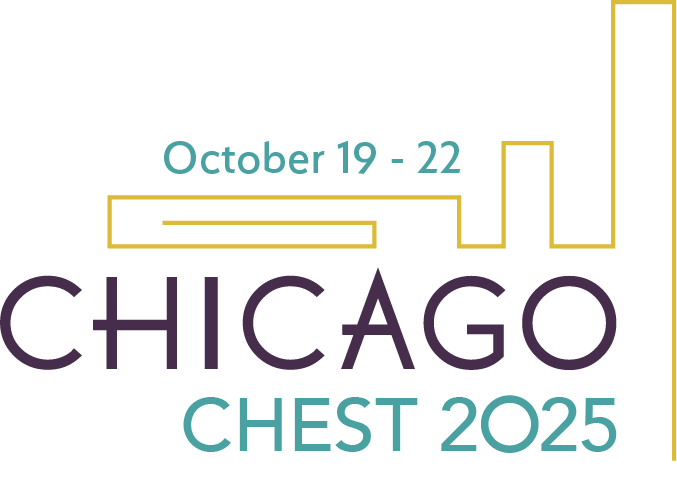
Propofol has for decades been the standard of care sedation agent for mechanical ventilation. The recent Alpha 2 Agonists for Sedation to Produce Better Outcomes From Critical Illness (A2B) trial found that neither dexmedetomidine nor clonidine are superior to propofol and may increase risks of agitation and bradycardia.1
“I would continue to use propofol as my first-line drug,” said lead author Timothy Walsh, MD, Professor and Chair of Critical Care at the University of Edinburgh, Edinburgh, United Kingdom. “One, because we don’t see a benefit [from dexmedetomidine or clonidine], and two, because my nurses are most familiar with propofol and feel safest with it. And we didn’t see any cost benefits from dexmedetomidine or clonidine.”
Sedation is vital for patients on mechanical ventilation to minimize discomfort, agitation, delirium, time on ventilator, and ICU stay, Dr. Walsh noted. Deeper sedation may minimize patient agitation but prolongs time on ventilation and ICU stay.
“One of the biggest effects of avoiding deep sedation is you come off the ventilator quicker,” Dr. Walsh said. “How long you are on the ventilator for is one of the outcomes that really matter to clinicians and to patients. That is a goal and a key outcome.”
Another key outcome is delirium, which affects 60% to 80% of all ICU patients. Multiple studies have shown associations between delirium and worse outcomes, including long-term post-traumatic stress, anxiety, and mortality.
A2B compared primary sedation with two α2-adrenergic receptor agonists, dexmedetomidine or clonidine, vs standard of care propofol. The pragmatic, open-label trial analyzed 1,404 patients in the ICU expected to require mechanical ventilation for 48 hours or longer across 41 ICUs in the United Kingdom. Patients were randomly allocated to receive dexmedetomidine (457), clonidine (476), or propofol (471).
Patients were a mean 59.2 years old, 64% were male, and the mean APACHE II score was 20.3. The primary outcome was time from randomization to extubation. Secondary outcomes included mortality, quality of sedation, delirium, and cardiovascular events.
The hazard ratio for time to extubation was numerically higher for both dexmedetomidine, at 1.09 (95% confidence interval [CI] 0.96 – 1.25, P = .20), and clonidine, at 1.05 (95% CI 0.95 – 1.17, P = .34), vs propofol, but was not statistically significant.
Agitation was more likely with both dexmedetomidine, risk ratio of 1.54 (95% CI 1.21 – 1.97) and clonidine, risk ratio of 1.55 (95% CI 1.22 – 1.97) compared with propofol. Rates of severe bradycardia (heart rate <50/min) were higher with dexmedetomidine (risk ratio 1.62, 95% CI 1.36 – 1.93) and clonidine (risk ratio 1.58, 95% CI 1.33 – 1.88) compared with propofol.
There was no difference in mortality over 180 days for either dexmedetomidine (HR 0.98, 95% CI 0.77 – 1.24) or clonidine (HR 1.04, 95% CI 0.82 – 1.31) vs propofol.
Dexmedetomidine was developed in the 1990s as an ICU sedative, Dr. Walsh said. Like propofol, dexmedetomidine has a predictable duration of action but raises concerns about hypotension and bradycardia. Clonidine is widely used in the United Kingdom owing to historical low cost and the availability of oral and intravenous administrations. This is the first large trial of clonidine and the first to compare all three agents in a single trial.
“We published a cost-effectiveness analysis of A2B alongside the main paper, which concluded that the cost of the sedative drug shouldn’t be a consideration when choosing ICU sedative because it is insignificant in the cost of overall care,” Dr. Walsh said.2 “There is a potential place for dexmedetomidine where the clinician judges [whether] there’s a benefit for an individual patient, but I wouldn’t use it for everyone based on our findings. I’m trying to persuade my colleagues in the UK to stop using clonidine, which is a much less specific and predictable sedative drug than dexmedetomidine in the ICU setting.”
References
1. Walsh TS, Parker RA, Aitken LM. Dexmedetomidine- or clonidine-based sedation compared with propofol in critically ill patients: The A2B randomized clinical trial. JAMA. 2025;334;(1):32-45. doi:10.1001/jama.2025.7200
2. Morris S, Lone NI, McKenzie CA. Cost-effectiveness of α2 agonists for intravenous sedation in patients with critical illness. JAMA Netw Open. 2025;8;(5):e2517533. doi:10.1001/
